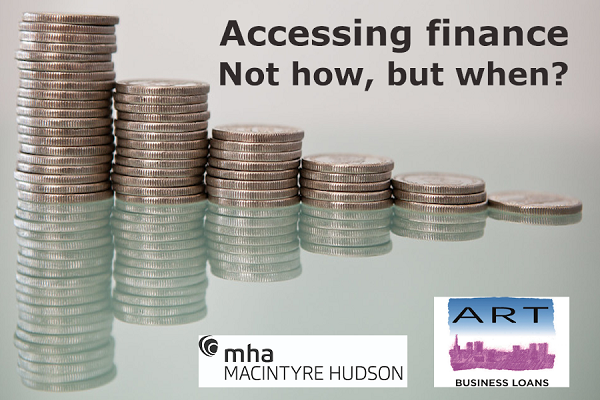Top Ways Savvy Business Managers Use Accounting

Make Better Profit Decisions
Making profit starts with earning margin on each unit sold and then selling enough units to overcome your total fixed expenses for the period. We condense the accounting model of profit into the following equation: equation: (Margin per unit ´ sales volume) – fixed expenses = profit
Insist that your accountant determines the margin per unit for all products you sell. The margin is also called the contribution margin to emphasize that it contributes toward the business’s fixed expenses.
Understand That a Small Sales Volume Change Has a Big Effect on Profit
Is that big push before year-end for just 5 per cent more sales volume really that important? You understand that more sales mean more profit, of course. But what’s the big deal? A 5 per cent increase in sales volume means just 5 per cent more profit, doesn’t it? Oh no. If you think so, you need to read Chapter 9. Because fixed expenses are just that – fixed and unchanging over the short run. Seemingly small changes in sales volume cause large swings in profit. This effect is called operating leverage.
Fathom Profit and Cash Flow from Profit
Profit equals sales revenue minus expenses – you don’t need to know much about accounting to understand this definition. However, business managers should dig a little deeper. First, you should be aware of the accounting problems in measuring sales revenue and expenses. Because of these problems, profit is not a revenue and expenses. Because of these problems, profit is not a clear-cut and precise number. Second, you should know the real stuff of profit and know where to find profit in your financial statements.
Profit is not a politically correct term. Instead, business financial reports call profit net income or net earnings. So don’t look for the term profit in external financial statements. Remember, net income (or net earnings) = bottom-line profit after tax.
Profit accounting methods are like hemlines
Profit is not a hard-and-fast number but is rather soft and flexible on the edges. For example, profit depends on which accounting method is selected to measure the cost-of-goods-sold expense, which is usually the largest expense for businesses that sell products. The rules of the game, called generally accepted accounting principles (or GAAP for short), permit two or three alternative methods for measuring cost of goods sold and for other expenses as well.
When evaluating the profit performance of your own business or when sizing up the net income record of a business you’re considering buying, look carefully at whether profit measurement is based on stingy (conservative) or generous (liberal) accounting methods. You can assume that profit is in the GAAP ballpark, but you have to determine whether profit is in the right field or the left field (or perhaps in centre field). Businesses are not required to disclose how different the profit number would have been for the period if different accounting methods had been used, but they do have to reveal their major accounting methods in the footnotes to their annual financial statements.
The real stuff of profit
Profit accounting is more complicated than simple cash-in, cash-out bookkeeping. Sales for cash increase cash, of course, but sales on credit initially increase an asset called debtors. So two assets are used in recording sales revenue. Usually, a minimum of four assets and two liabilities are used in recording a business’s expenses. To locate profit, you have to look at all the assets and liabilities that are changed by revenue and expenses. The measure of profit is found in the profit and loss account. But the substance of profit is found in assets and liabilities, which are reported in the balance sheet.
Govern Cash Flow Better
A business wants to make profit, of course, but equally important, a business must convert its profit into usable cash flow. Profit that is never turned into cash or is not turned into cash for a long time is not very helpful.
Lastly Comment
In one sense, you can say that depreciation generates cash flow. But please be careful here. This does not mean that if you had recorded more depreciation expense, you would have had more cash flow. What it means is that through making sales at prices that include recovery of some of the cost of fixed assets, your sales revenue (to the extent that it is collected by year-end) includes cash flow to offset the depreciation expense.





